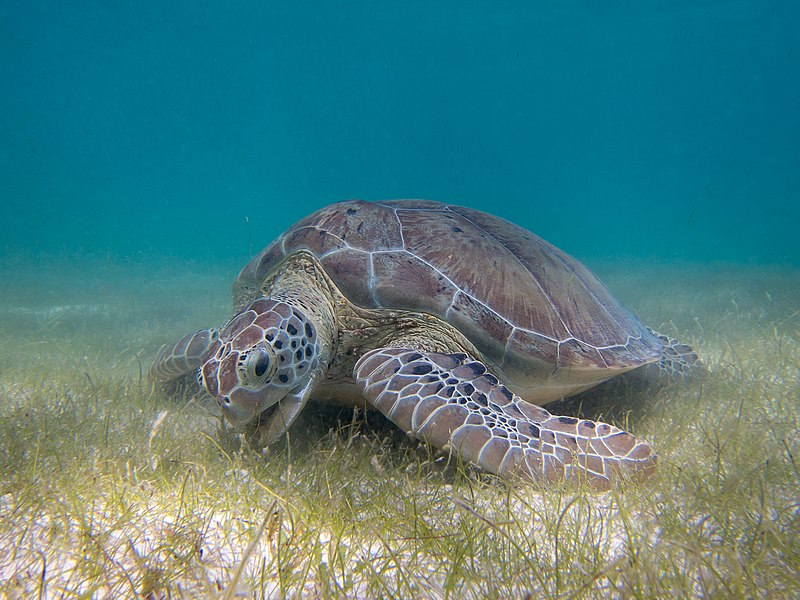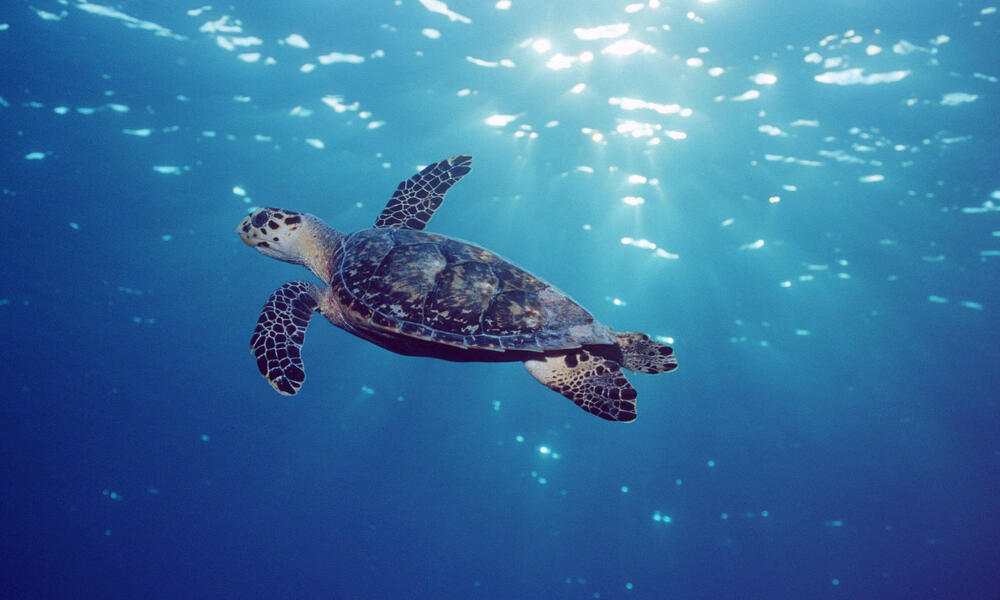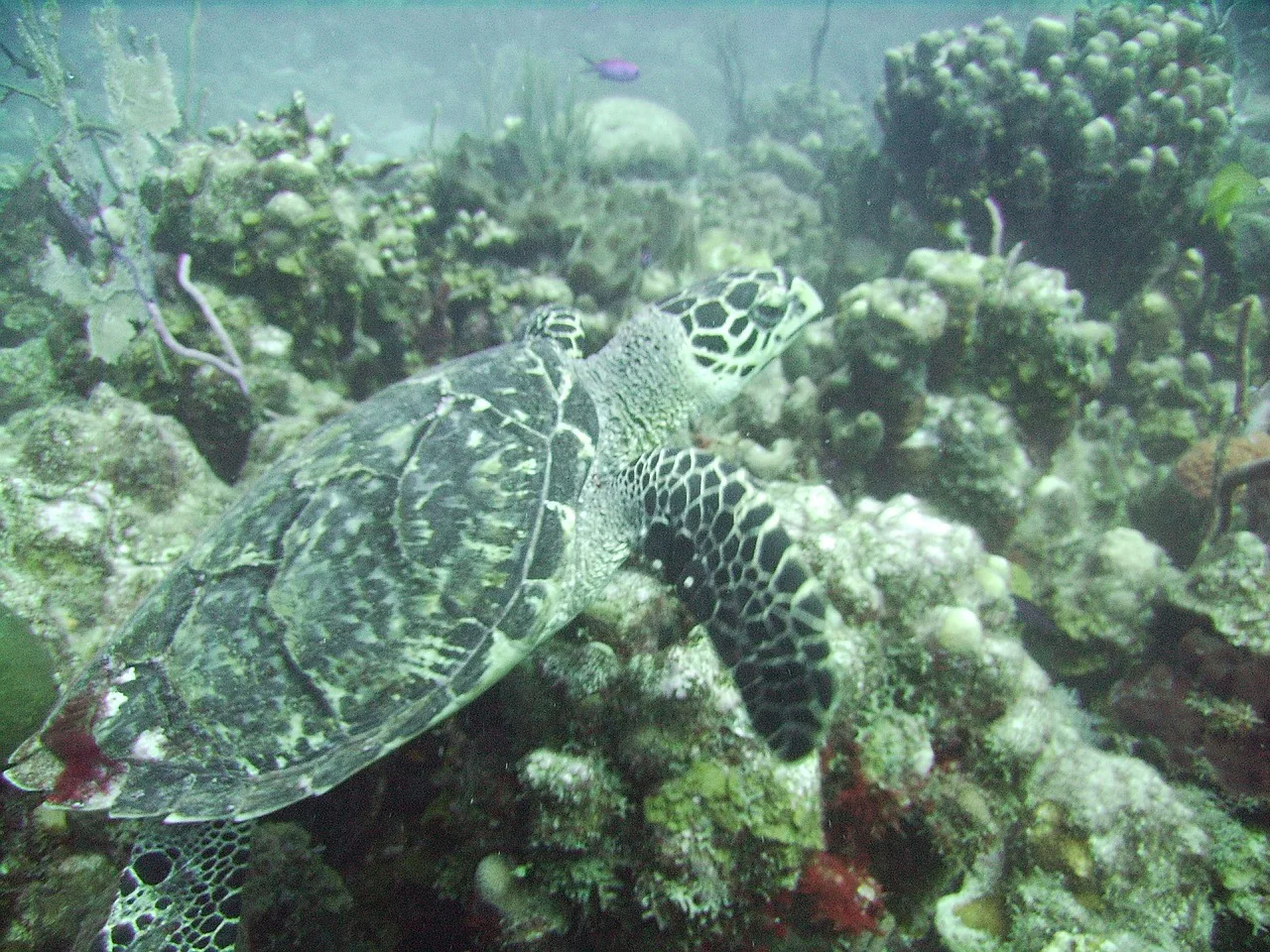“Try to be like the turtle – at ease in your shell” – Bill Copeland
Introduction to Elder Mutant Ninja Turtles

Before the advent of Google, in ancient times, communities would turn to their elders for wisdom and guidance when confronted with challenges. A well-traveled elder was revered for their experience, much like the turtles in the animal kingdom, who were approached by other animals seeking advice. Turtles are among the oldest living creatures, some living up to 100 years, and are known for their impressive navigation abilities, guided by Earth’s magnetic fields. These creatures are also evolutionarily significant, with a lineage dating back 250 million years.
Evolution
Turtles, tortoises, and terrapins belong to the order Testudines and evolved from land-dwelling reptiles about 110 million years ago. Several families evolved over time, including the extinct Toxochelyidae, Protostegidae, and Cheloniidae, which includes six living species. The Archelon, an extinct species of turtle that lived around 75-65 million years ago, was a giant of its time, measuring 12 feet in length and weighing up to 2 tons.
Anatomy of Elder Mutant Ninja Turtles
A turtle’s shell is divided into two parts: the upper carapace and the bottom plastron. Their shells are made of fused ribs and vertebrae. Unlike other turtles, the leatherback turtle has a flexible shell, enabling it to dive to great depths. Turtles have beak-like mouths instead of teeth, which are suited for crushing and tearing food. Male turtles typically have longer, thicker tails and curved claws for mating.
Species of Turtles in India
India is home to several species of sea turtles, each with unique characteristics:
-
Olive Ridley Turtle
Named for the olive color of its shell, the Olive Ridley is one of the smallest sea turtles, weighing around 45 kgs. These turtles travel thousands of kilometers across the ocean to return to the beaches where they were born. Their nesting sites in India, such as Gahirmatha and Rushikulya, are crucial to their survival.
-
Hawksbill Turtle

Recognized by its narrow, pointed head and beak-like mouth, the Hawksbill Turtle prefers tropical waters and feeds primarily on sponges. They make long migrations and can live for decades.
-
Green Turtle
Named for its green skin, the Green Turtle weighs up to 150 kgs and is primarily herbivorous, feeding on algae and sea grasses. It is one of the longest-living species and enjoys sunbathing between nesting periods.
-
Loggerhead Turtle
The Loggerhead’s large head is adapted for its powerful jaws, which help it feed on hard-shelled creatures like crabs and conchs. These turtles are abundant in American waters.
-
Leatherback Turtle
The Leatherback is the largest sea turtle and the only member of its family. It weighs over 800 kgs and has a unique adaptation that allows it to regulate its body temperature and dive into colder waters to feed on jellyfish.
Threats to Turtles

Turtles face several threats that endanger their survival:
– Pollution: Garbage, especially plastic, finds its way into the oceans, disrupting the food chain and harming turtles, which often mistake plastic for jellyfish.
– Fishing: Turtles are often caught in fishing nets as bycatch, though devices like the Turtle Excluder Device (TED) are helping to mitigate this threat.
– Hunting: Turtle meat, eggs, and shells are sought after for consumption and trade, despite legal protections.
– Nesting Site Destruction: Urbanization and artificial light disrupt turtle nesting sites, disorienting hatchlings and leading to their death.
Conservation Status
– Vulnerable: Olive Ridley, Loggerhead, and Leatherback turtles
– Endangered: Green Turtle
– Critically Endangered: Hawksbill Turtle
Conclusion
Turtles are symbols of wisdom, resilience, and perseverance, surviving through centuries of evolutionary change. However, humanity’s actions are now threatening their existence. As guardians of the oceans, it is crucial to protect them from extinction to ensure that future generations can continue to admire and learn from these ancient creatures.
Sharad Vats, a passionate wildlife conservationist, founded Nature Safari India Pvt Ltd to help save species like the tiger, and continues to work towards conservation through tourism.
If you’d like to learn more or support turtle conservation efforts, consider reading more about Sharad’s work and his new book on leadership and management skills inspired by the wisdom of tigers, available on Amazon.

